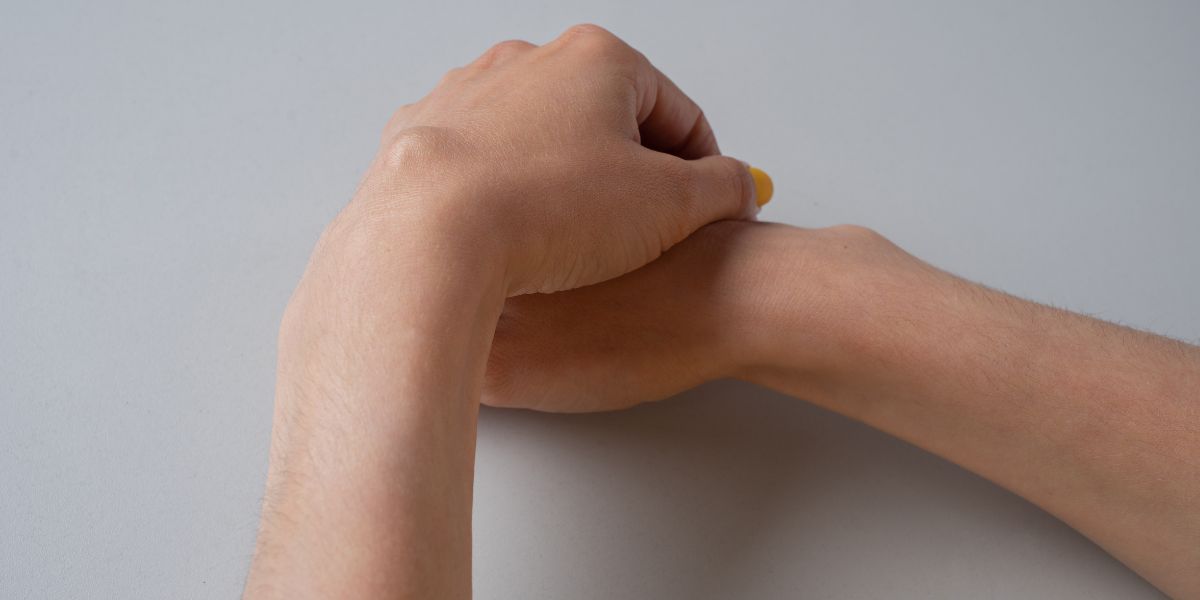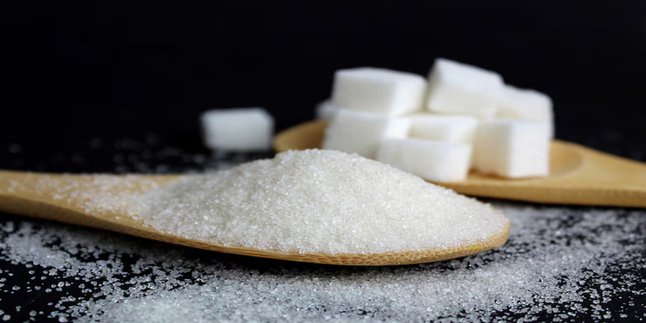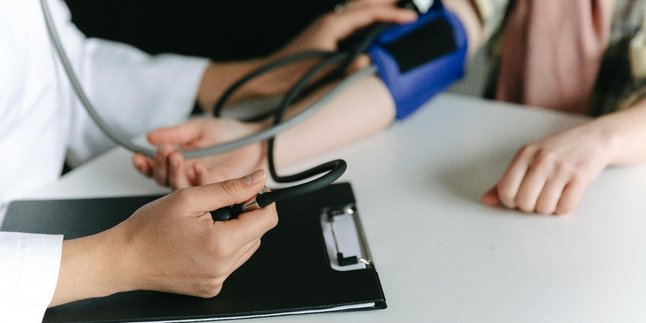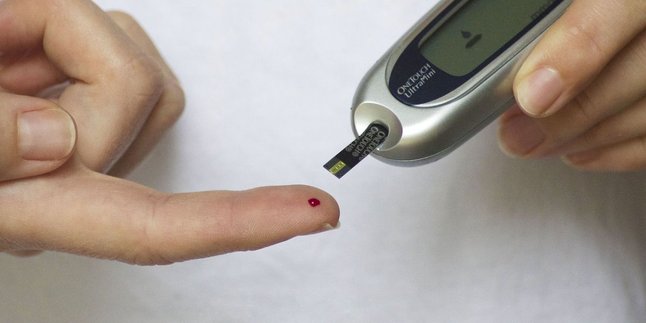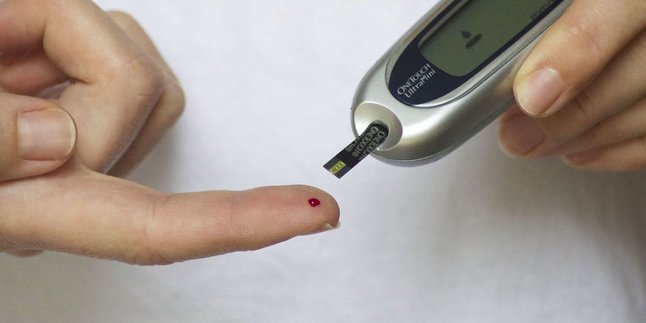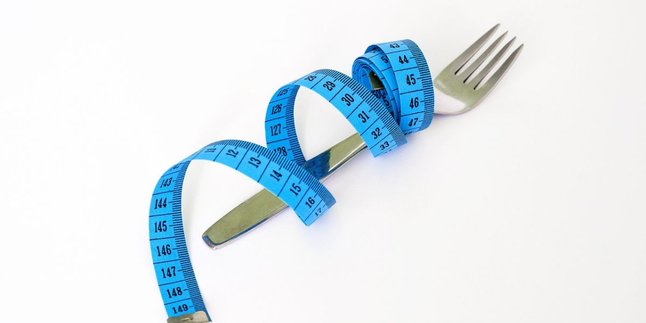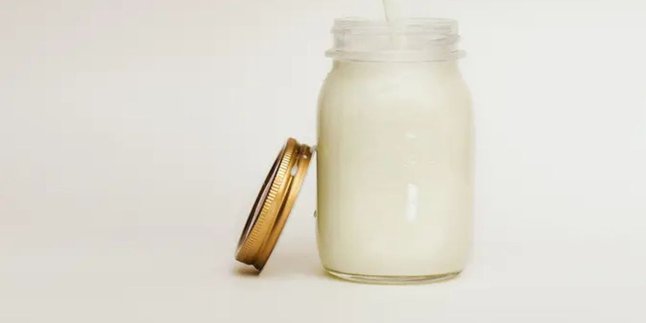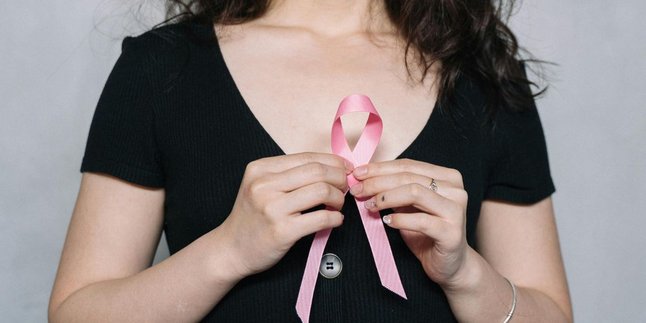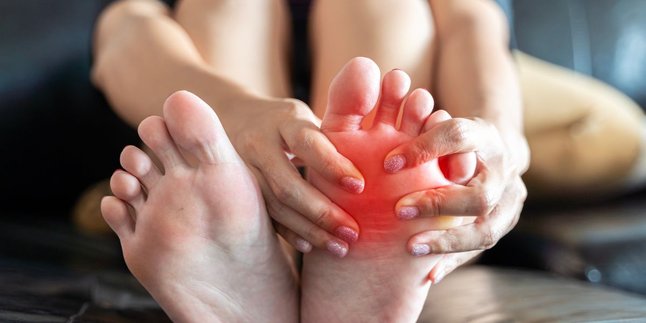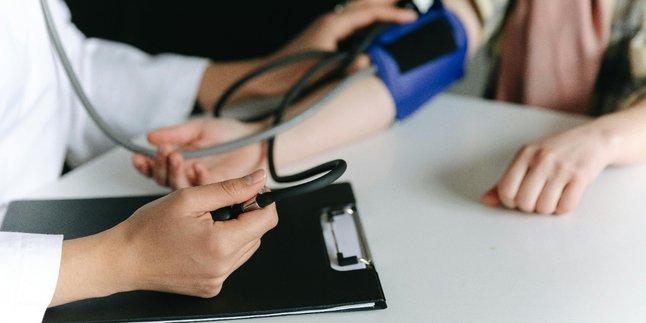Kapanlagi.com - A cyst, a term that may not be unfamiliar, is a medical condition characterized by the appearance of a pouch-like lump that can contain fluid, air, pus, or even solid substances like hair. These cysts can grow in various parts of the body, from the surface of the skin on the face, neck, and back, to internal organs like the ovaries.
Most cysts are benign and develop slowly without causing significant symptoms. However, there are times when cysts can cause pain, especially if they grow larger, become infected, or develop in sensitive areas.
Although many types of cysts are harmless, it is important to remain vigilant and recognize the symptoms and causes. This is because there is a possibility that cysts can develop into more serious conditions, including cancer.
Therefore, a deep understanding of cysts is very important. Let us take a closer look at what cysts are, summarized by Kapanlagi.com from various sources, Thursday (17/4/2025).
1. What is a Cyst?
A cyst, a mysterious lump resembling a sac, can suddenly appear under the skin or inside our body, containing various substances ranging from fluid to hair.
Although most cysts are benign and harmless, some can cause problems if they enlarge or become infected, leading to pain and disruption of organ function.
Formed from a membrane tissue that is different from normal body tissue, a cyst has its own wall that is characteristic of it. Their sizes vary, with some being small and undetectable, and others large enough to interfere with daily activities.
While many cysts do not cause complaints, vigilance remains important, especially if a cyst begins to grow or causes discomfort.
Treatment options vary, with some cysts healing on their own or requiring medical intervention such as drainage or removal to prevent more serious complications.
2. Types of Cysts and Their Symptoms
A cyst is a lump that often appears in everyday life and can vary in type. Some common types of cysts include:
1. Ovarian Cyst: Occurs in a woman's ovaries, usually asymptomatic, but can cause pain if it grows large or ruptures.
2. Breast Cyst: A fluid-filled lump that often appears in women aged 35-50, sometimes causing pain before menstruation.
3. Ganglion Cyst: Appears in joints and can interfere with movement if large.
4. Baker's Cyst: Located behind the knee, can cause swelling and pain when straightening the leg.
5. Bartholin's Cyst: Forms near the vaginal opening and can cause pain during intercourse.
6. Sebaceous Cyst: Caused by a blockage of oil glands, generally not harmful.
7. Pilar Cyst: Appears in hair follicles, usually not harmful but can affect appearance.
8. Pilonidal Cyst: Contains hair and dirt, can cause pain.
9. Epidermoid Cyst: Formed from dead skin cells, rarely causes serious problems.
10. Mucocele: Occurs in the oral cavity, usually painless.
11. Chalazion Cyst: Located on the eyelid, generally painless.
12. Dermoid and Renal Cysts: Can cause serious complications if not treated.
13. Cystic Acne: Painful and can leave deep scars.
It is important to recognize and monitor these cysts to maintain health.
3. Causes and Risk Factors of Cysts
A cyst, a mysterious lump that can appear in various parts of the body, is an abnormal sac that contains fluid, pus, or other substances.
Although often harmless, cysts can be a sign of blockage in body ducts, cell abnormalities, injuries, parasitic infections, or even genetic factors.
Various risk factors such as family history, age, and conditions like polycystic ovary syndrome (PCOS) and endometriosis can also increase the likelihood of someone developing cysts.
Understanding these causes and risk factors is very important for prevention and early detection, so we can better maintain our health.
4. Cyst Treatment
Cyst treatment can vary greatly, depending on the type, size, and symptoms presented. Some cysts may resolve on their own, while others require more serious medical intervention.
If you feel a lump or swelling that does not go away, or is accompanied by pain, do not hesitate to consult a doctor immediately.
The diagnosis process usually begins with a physical examination, where the doctor will evaluate the lump and may recommend imaging tests such as an ultrasound or CT scan to determine the nature of the cyst.
Various treatment methods are available, ranging from warm compresses for small cysts, corticosteroid injections to reduce inflammation, to fluid aspiration for larger cysts.
If all these methods fail, surgical removal may be the last resort. It is important to remember not to try to squeeze the cyst yourself as it can lead to infection.
Regular health check-ups can help detect cysts earlier and prevent serious complications. If you feel concerned or if the cyst is growing larger and painful, consult a doctor immediately for appropriate treatment!
(kpl/rao)
Disclaimer: This translation from Bahasa Indonesia to English has been generated by Artificial Intelligence.
